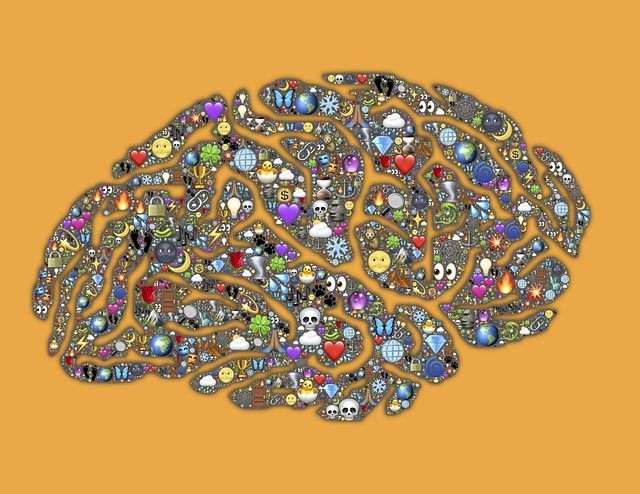How Brain's Grey Matter, Linked With Intelligence, Changes Depending On Your Age And Sex

A new study published in The Journal of Neuroscience claims to have overturned an old belief regarding how our brains change as we develop, and may have solved the question of why female brains work just as well as male brains despite being smaller in size. Grey matter density in the brain increases during adolescence, though it was previously thought to decrease. And although female brains are smaller than males, they have denser grey matter for their size, the research found.
The study from Penn State University found that while grey matter brain volume decreases from childhood to young adulthood, brain volume density increases. This finding contradicts the belief that brain grey matter density declines in adolescence. In addition, the team also believes that females' greater grey matter density compensates for what is lost in volume.
Read : Eating More Fish Increases Gray Brain Matter By 14%, Prevents Memory Loss
“It is quite rare for a single study to solve a paradox that has been lingering in a field for decades, let alone two paradoxes, as was done by Gennatas (co-author Efstathios Gennatas) in his analysis of data from this large-scale study of a whole cohort of youths,” said lead researcher Ruben Gur in a statement. “We now have a richer, fuller concept of what happens during brain development and now better understand the complementary unfolding processes in the brain that describe what happens.”
Grey matter in this area of the brain is responsible for muscle control, sensory perception, memory, emotions, decision making, and self control. According to News Medical, grey matter serves to process information in the brain, and helps to process signals created by other sensory organs or other areas of grey matter. In addition, grey matter also is generally associated with intelligence and cognitive ability. This is why it puzzled scientists so much that it would decline during adolescence while cognitive performance usually peaks at this point. However, by looking at the brains of 1,189 youth between the ages of eight and 23, the researchers soon learned that the old belief was wrong. Neuroimaging revealed that although volume decreased, grey matter density increased during this critical time period.
“This novel characterization of brain development may help us better understand the relationship between brain structure and cognitive performance,” Gennatas said in a statement.
“Our findings also emphasize the need to examine several measures of brain structure at the same time.”
Source: Gennatas ED, Avants BB, Wolf DH, et al. Age-related effects and sex differences in gray matter density, volume, mass, and cortical thickness from childhood to young adulthood. The Journal of Neuroscience . 2017
See Also:
Pregnancy And The Female Brain: Giving Birth Leads To Increase In Gray Matter For Mothers
Physical Fitness Makes Your Brain Bigger; Scientists Say Exercise Grows 'White Matter'
Published by Medicaldaily.com



























